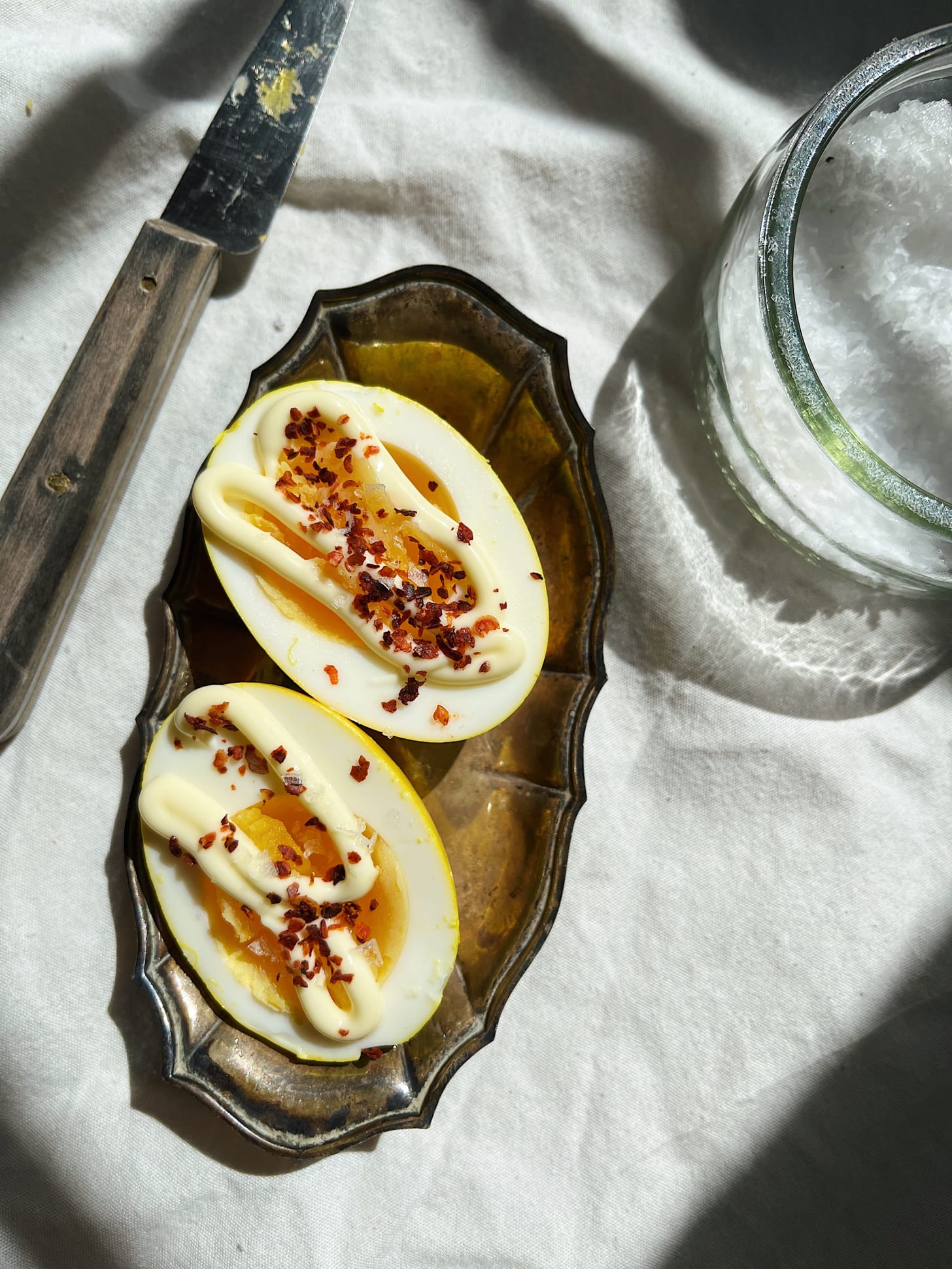Welcome to my newsletter, a place for budget-based recipes that are flavorful and exciting—not just cheap. I am so glad you’ve placed your attention here for a moment. If you’re interested in more, please do subscribe below.
My personal relationship with budgeting involves being about as thrifty as as I can most of the time, so that when I get an opportu…
Keep reading with a 7-day free trial
Subscribe to Nickel & Dine to keep reading this post and get 7 days of free access to the full post archives.




